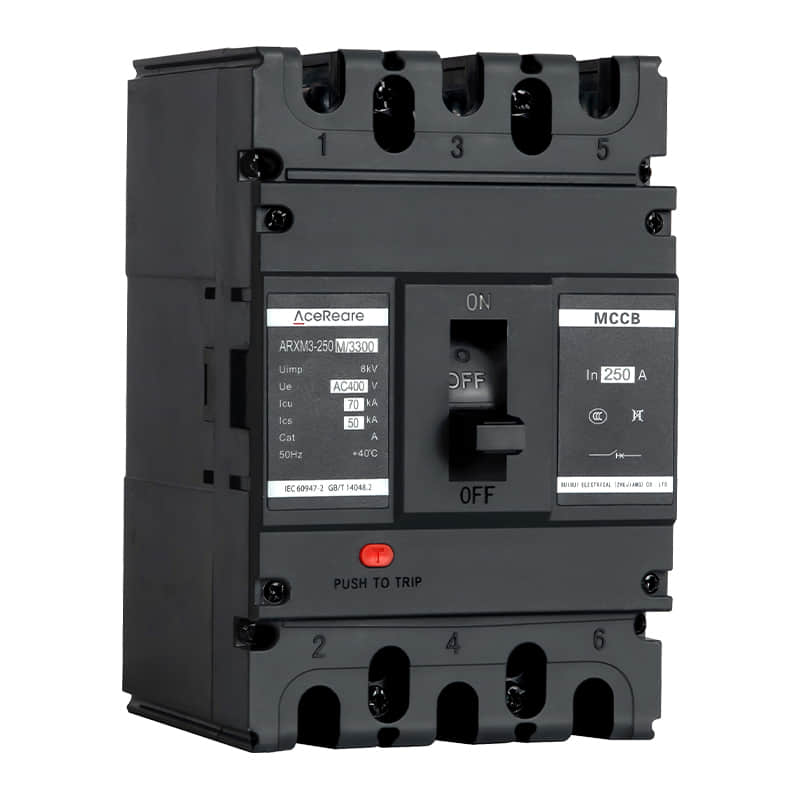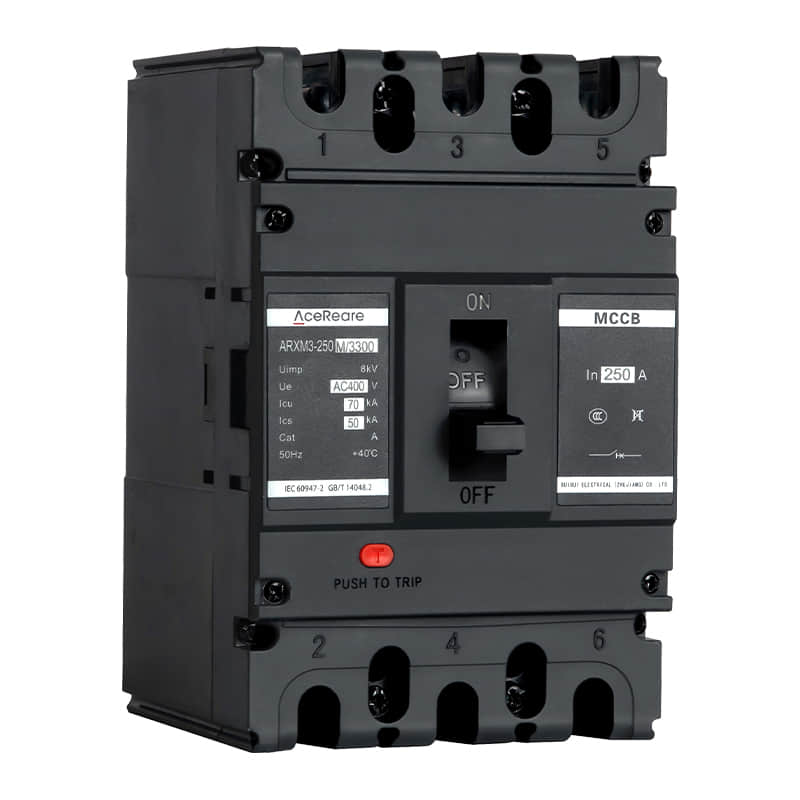
Date | 2024-08-02 21:04:26
In the realm of electrical engineering, the 4 pole circuit breaker stands as a crucial component in ensuring the safety and reliability of electrical systems. This article aims to provide a comprehensive understanding of the 4 pole circuit breaker, exploring its functionality, applications, and the significance it holds in modern electrical systems.

A 4 pole circuit breaker, as the name suggests, comprises four electrodes or poles. These poles facilitate the connection of three phase conductors and a neutral conductor. The primary function of a circuit breaker is to interrupt the flow of current in a circuit when a fault or overload occurs. The 4 pole variant extends this functionality to include protection for both the three-phase system and the neutral line.

